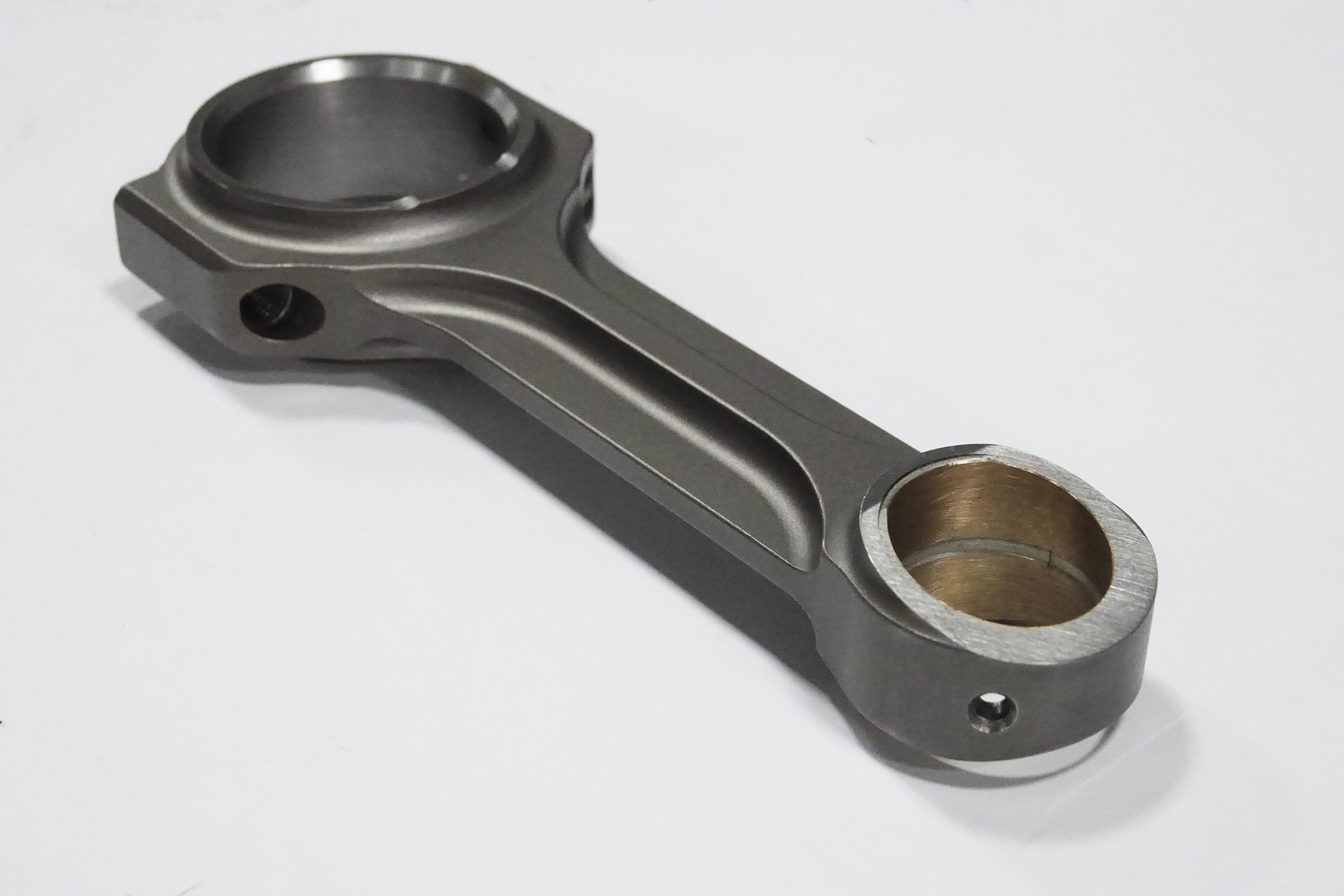Connecting Rod for Motorcycle Mastery takes you on an exhilarating ride through the critical role of connecting rods in motorcycle engines. These essential components, which link the piston to the crankshaft, play a crucial part in transforming the linear motion of the piston into the rotational motion needed to drive the motorcycle forward. In this article, we will explore the factors that contribute to connecting rod performance in motorcycle engines, including material selection, design, and weight considerations.
Material selection is a critical aspect of connecting rod performance in motorcycle engines. Common materials include steel, aluminum, and titanium. Each material offers a unique set of advantages and disadvantages in terms of strength, weight, and fatigue resistance.
Steel connecting rods are often used in motorcycle engines due to their high strength and durability. However, they can be heavier than other materials, which may impact overall engine performance. Aluminum is another common material, offering a favorable strength-to-weight ratio and good thermal properties, but it may not provide the same level of fatigue resistance as steel. Titanium is a choice for high-performance applications, providing exceptional strength-to-weight ratio and excellent fatigue resistance but can be more expensive than other materials.
The design of a connecting rod for motorcycle engines is essential for ensuring optimal performance. Engineers must consider factors such as the rod’s length, weight, and overall geometry to create a component that offers the perfect balance between strength and weight.

Weight considerations are especially important in motorcycle engines, where the power-to-weight ratio is a critical performance metric. By reducing the weight of connecting rods without sacrificing strength, motorcycle engine builders can improve engine responsiveness and acceleration.
Proper installation and maintenance are also crucial aspects of connecting rod performance in motorcycle engines. Ensuring that all connecting rods are installed with the correct torque specifications and orientation will help maintain the integrity of the engine and reduce the risk of premature wear or failure.
In conclusion, connecting rods play an essential role in the overall performance and reliability of motorcycle engines. By understanding the factors that influence connecting rod performance in motorcycle applications, we can make informed decisions when building or modifying engines to maximize efficiency and extend the life of the engine. From material selection to proper installation and weight considerations, the world of connecting rods for motorcycles offers countless opportunities for innovation and improvement, driving the pursuit of two-wheeled perfection.
